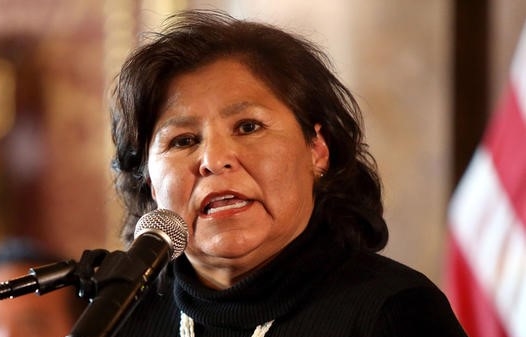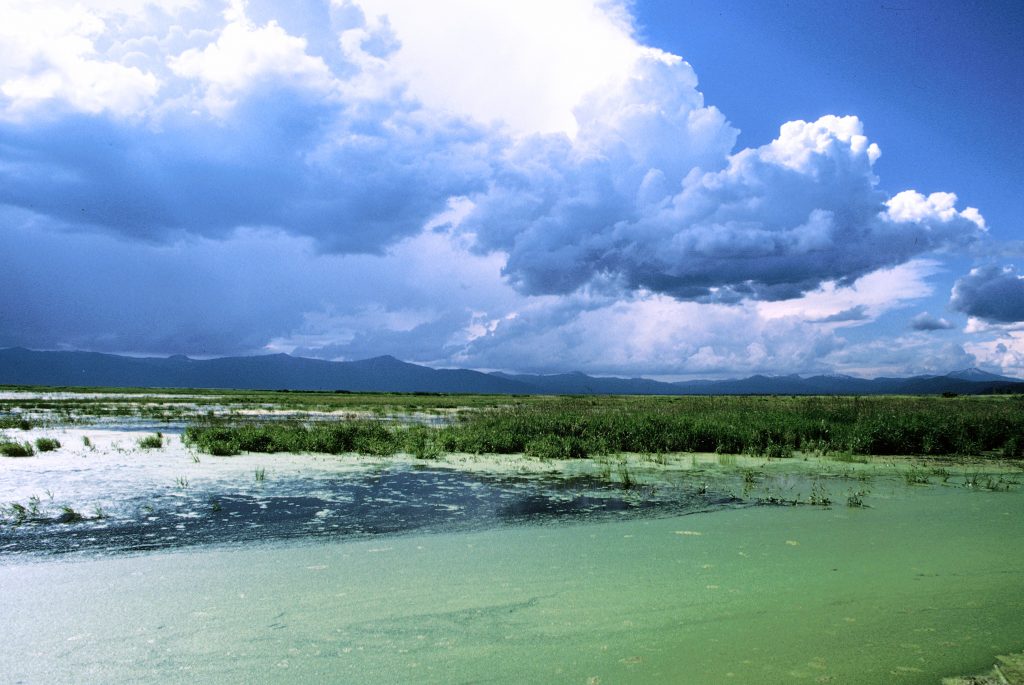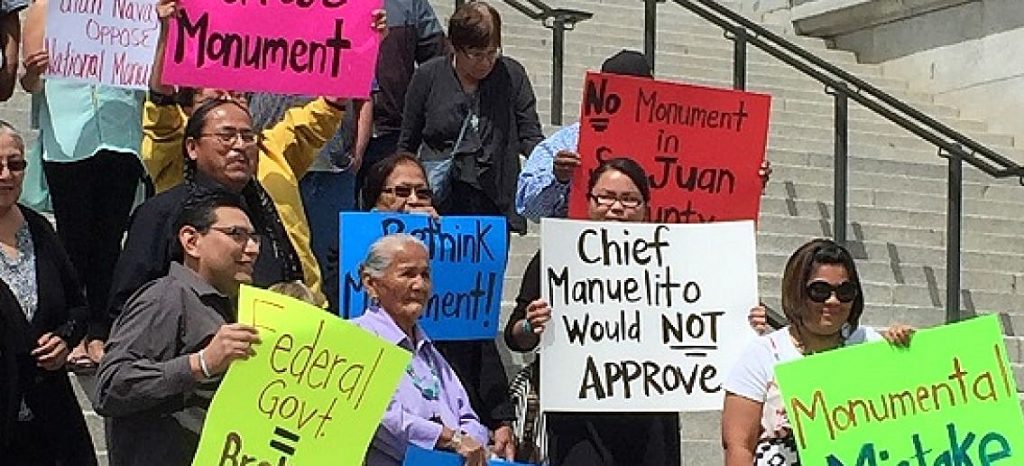“Through using grazing as a tool, we can improve sage grouse habitat — not just coexist, but improve it,” Prescott said.
John O’Connell
Research ranch seeks balance between conservation, grazing
HAILEY, Idaho — During his years as executive vice president of the Idaho Cattle Association, Wyatt Prescott was often on the ranchers’ side of grazing-related battles with conservation groups.
“The science wasn’t there to support either side of it,” Prescott said.
Now — as cattle manager at a unique research ranch owned by the Nature Conservancy and Wood River Land Trust — Prescott collaborates with environmentalists to find answers to challenges that have too often triggered conflicts over public lands.
The ranch, which includes 10,400 acres of private land and 11,000 acres of Idaho Department of Lands and Bureau of Land Management leases, has been grazed since it was homesteaded. A developer purchased the private portion in the 1980s, planning to build homes, but sold the development rights through a USDA land-preservation program.
The conservation groups bought the ranch planning to turn it over to the Idaho Department of Fish and Game. Those plans fell through, so they signed a memorandum of understanding allowing University of Idaho’s College of Agricultural and Life Sciences and College of Natural Resources to use the property for rangeland research, complementing work done at UI’s pasture-based research facility in Salmon.
“Idaho has so much of this type of rangeland, and we need to figure out how to best meet the needs of all of the different users on this rangeland landscape,” said Cameron Packer, who works for the owners as the ranch’s stewardship coordinator. “We want to improve habitat, conserve the rangelands for future use and increase their overall sustainability.”
Research at the ranch commenced in May 2016. UI will compare the well-being of 150 cow-calf pairs raised on the rangeland with the same number of pairs raised on pasture in Salmon.
[wp_ad_camp_1]
Prescott, who works on a contract with UI, said research from the initial season suggests cattle that disperse farther away from riparian meadows and graze the hillsides tend to gain more weight. Prescott explained the finding is important because the ranch hopes to select for both cattle that convert feed to weight efficiently and avoid overgrazing environmentally sensitive meadows.
Another study starting this summer will analyze the impacts of six different grazing densities on plants of importance to sage grouse. Prescott suspects grazing will prevent forage from going to seed and keep meadows green longer.
“Through using grazing as a tool, we can improve sage grouse habitat — not just coexist, but improve it,” Prescott said.
Prescott has also leased outside cattle to graze the ranch in the spring and fall, hoping to see if livestock will disperse from sensitive riparian areas in cooler weather. Next season, he’ll test if increased spring and fall grazing densities are feasible to offset the cost of moving cattle for summer.
Partners in the ranch anticipate it will be used for research by institutions around the world. For example, Prescott said the ranch intends to partner with an Australian company seeking to develop a “virtual” fence, involving cows fitted with shock collars linked to a global positioning system.
The partners also started work last fall to restore Rock Creek, which runs through the ranch, to a more natural state. Prescott said a steering committee of ranchers and environmentalists will be formed to guide research priorities.
Mike McKenna, community outreach coordinator for the land trust, said the ranch will also be an asset for the broader community. A plan governing recreational uses of the ranch is in the works, and a series of monthly ecology lectures, featuring UI staff, started in May and will continue through September. Also, FFA hosted a regional rangeland health assessment competition last fall at the ranch.



